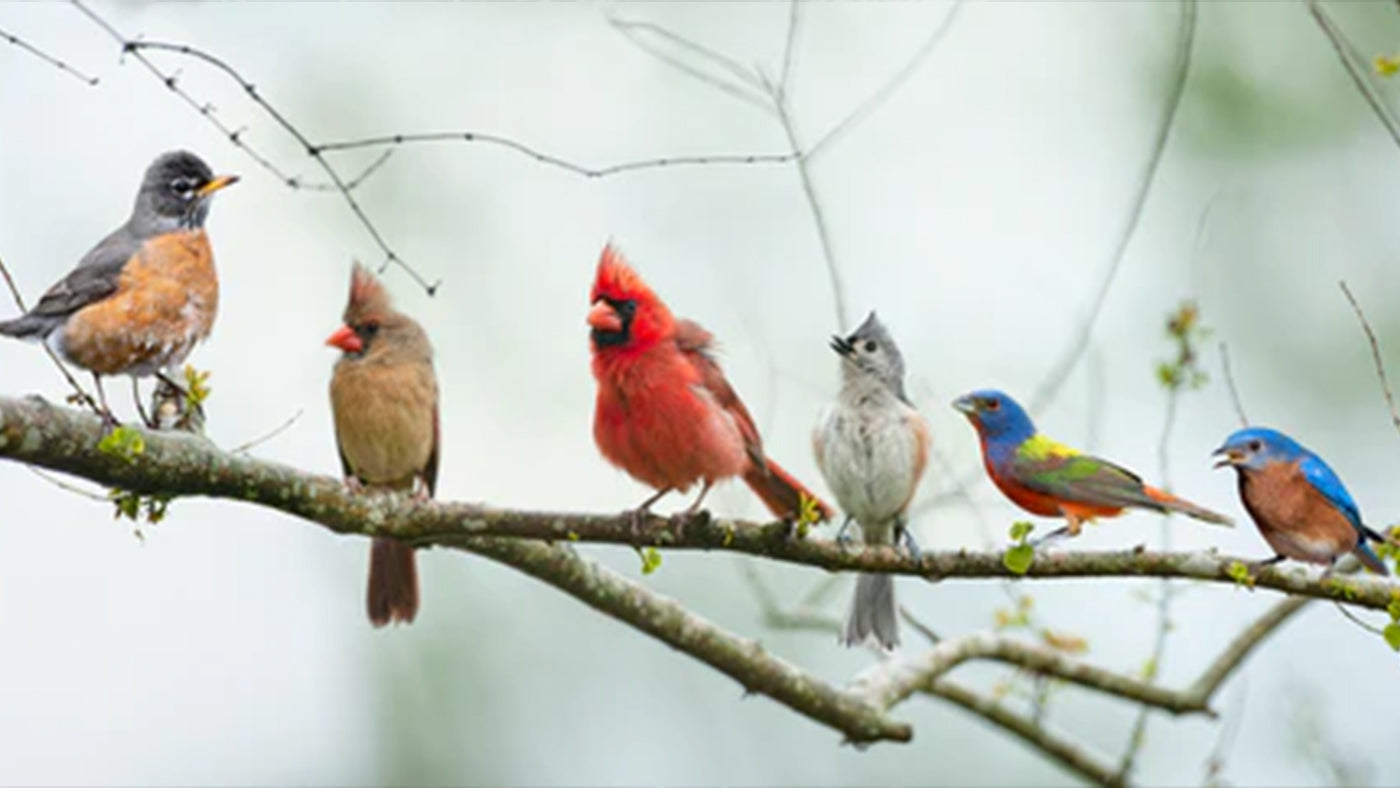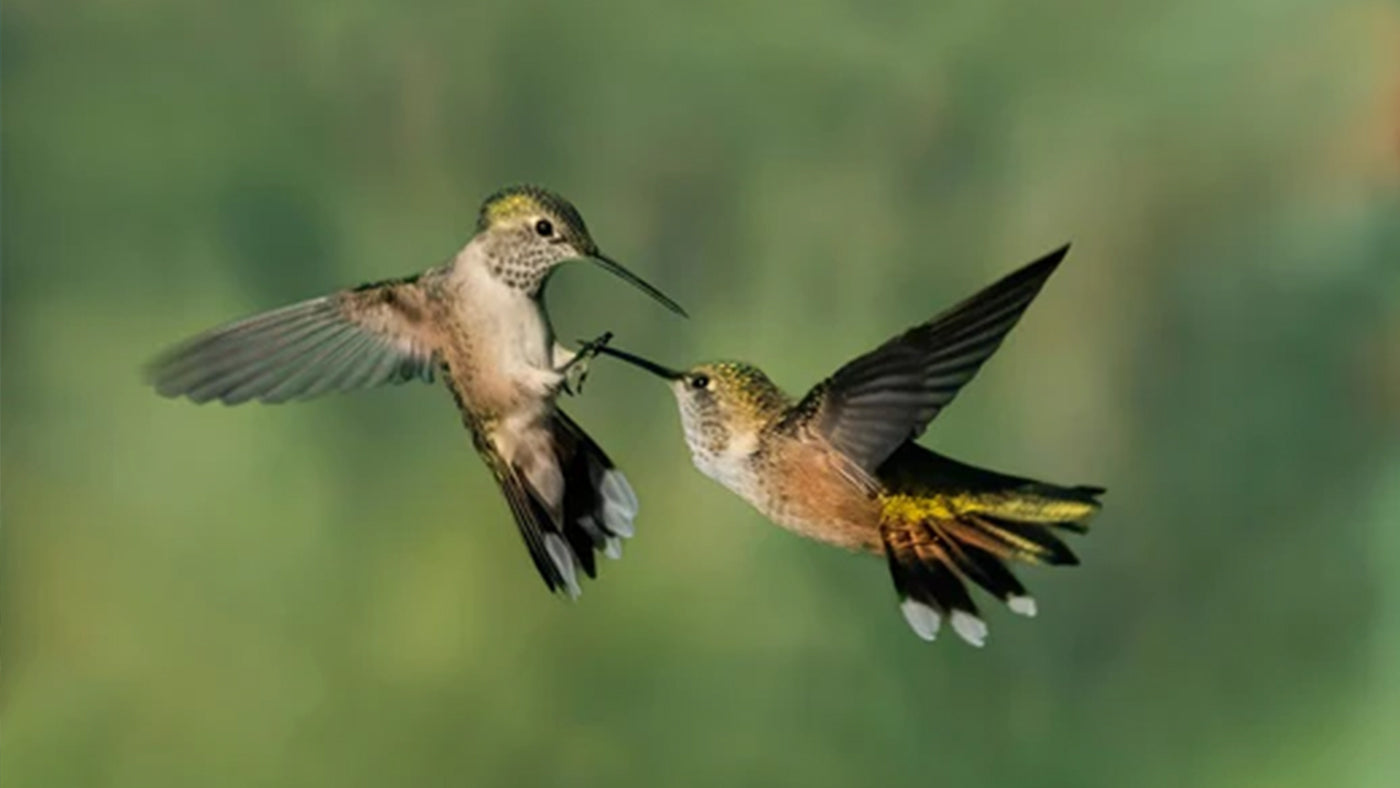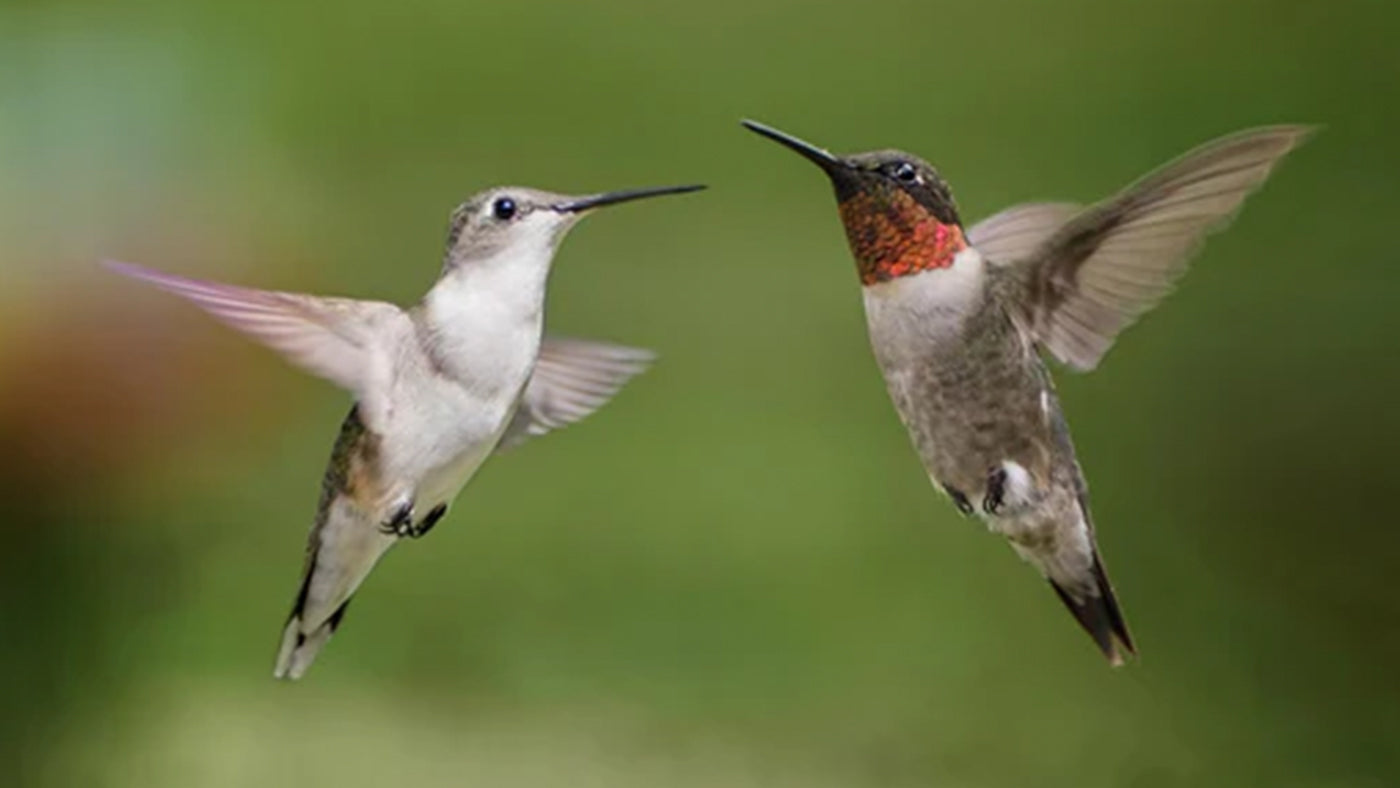Welcome to this brand new guide to feeding wild birds! If you’re struggling with how to feed wild birds, then you’ve come to the right place. But before we begin, let’s take a careful look at the environment around us. Have you noticed that our environment is undergoing irreversible changes? The number of wild birds is declining, and we’re facing global warming, environmental destruction, and food shortages. Faced with this situation, each of us should take action and make a contribution to protecting wild birds.
This guide will help you understand how to feed wild birds properly. At the same time, it is also a contribution to our environment. Let’s work together to pass on our love to those beautiful wild birds. In this guide, you will find some useful tips and suggestions to help you better understand wild birds and provide them with food. At the same time, we also hope that in this process, you can experience a feeling of harmonious coexistence with nature and enjoy the beauty that nature brings us.
| Bird Species | How to Attract to Your Backyard | Food Choice | Feeder Selection | Birdhouse Height | Precautions |
| American Goldfinch | 1.Plant native thistles and other composite plants, as well as native milkweed. 2.Adequate food, particularly sunflower seeds. | 1.Thistle (Nyjer) 2.Sunflower seeds 3.Most small seeds | 1.Tube feeder 2.Mesh feeder 3.Platform feeder 4.Hopper feeder | 5 Feet | Make sure the seed stays dry |
| Humming bird | 1.Setting up hummingbird feeders or by planting tubular flowers. 2.Set up a backyard bird bath or fountain | 1:4 sugar-water mixture (Don't use the red dye which can be harmful to hummingbirds) | 1.Hanging huming bird feeder 2.Desktop humming- bird feeder 3.Suction cup hummingbird feeder | 3–6 Feet | 1.Be careful not to add any ingre- dients such as salt, honey, food coloring, etc. 2.Spot out of the strong wind. 3.Replace before the sugar water becomes murky or discolored. |
| Titmouse | 1.Mature Trees 2.Sunflower Seeds (black-oil variety ) 3.Suet and Substitutes 4.Nestboxes | 1.Sunflower Seeds (black-oil variety ) 2.Peanuts, and other seeds 3.Suet and Substitutes 4.Insects 5.Berries, nuts and fruit | 1.Tube feeder 2.Mesh feeder 3.Platform feeder 4.Hopper feeder | 5–10 Feet | Watch out for squirrels. |
| Northern Cardinal | 1.Provide sucient food, such as seeds, fruits, nuts, etc. 2.Provide clear water, such as fountains, basins. 3.Provide habitat, such as small trees, shrubs, flowers, etc. 4.Appropriate decor: Use bright colors and attractive deco- rations, such as bunting or artificial flowers | 1.Seeds: Saower seeds, black oil sun- flower seeds, and white milo are among a Northern Cardinal's favorite seed options, crushed peanuts, cracked corn. 2.Fruits Blueberries, raspberries, blackberries, pomegranate, Raisins, Apples. 3.Provide Fresh Water. 4.Suet | 1.Platform feeder 2.Hopper feeder | 4-6 Feet | 1.Watch out for squirrels. 2.Keeping it clean. |
| Bluebird | 1.Provide Food: such as mealworms, berries. 2.Provide clear water, Such as fountains, basins. 3.Build bluebird houses or provide suitable habitats. | 1.Live mealworms 2.Berries | 1.Bluebird specific feeders 2.Mealworm feeders | 5-7 Feet | Beware of roaming cats. |
| American Robin | 1.Planting trees and shrubs that provide cover. 2.Plenty of food. 3.Provide clear water, Such as fountains, basins. | 1.Live mealworms 2.Berries | 1.Ground feeder 2.Platform feeder | 0 Feet | 1.Avoid or Reduce Your Use of Pesticides. 2.Beware of roaming cats |
| Wrens | 1.Provide natural habitats such as grass, bushes, and trees. 2.Plenty of food. 3.Provide clear water, Such as fountains, basins | 1.Tiny insects 2.Tiny pieces of suet, peanuts, and sun- flower seeds, Make sure the food you leave out is chopped finely | 1.Platform feeder | 0 Feet | 1.Avoid or Reduce Your Use of Pesticides. 2.Beware of roaming cats. |
| Dark-eyed Junco | 1.Choosing seed-bearing grasses such as ragweed and chickweed, along with seed-bearing flowers like coneflowers and marigolds, will provide natural seed sources for juncos. 2.Plenty of food. 3.Provide clear water, Such as fountains, basins. | 1.Seeds: Feeds heavily on seeds of weeds and grasses,flower seeds, especially in winter. 2.Insects: including caterpillars, beetles, grasshoppers, true bugs, and others,also spiders. | 1.Platform feeder | 0 Feet | 1.Avoid or Reduce Your Use of Pesticides. 2.Beware of roaming cats. |
| Orioles | 1.Provide these beautiful birds with the sweet treats they love by placing feeders for nectar, jelly, and fruit around your yard. 2.Provide clear water, Such as fountains, basins. 3.Plant Native Trees and shrubs That Appeal To Orioles! 4.Planting orange flowers near the feeding station. | 1.Fruit: oranges, grape jelly 2.Live mealworms 3.Sugar Water, nectar 4.Suet | 1.Orioles specific feeders 2.Platform feeder | 4-5 Feet | 1.Placing oriole feeders in an open area is always the best option. 2.Keep Ants Away. |
| Woodpecker | 1.Offer suet. 2.Use vertical or platform feeders. 3.Set up a woodpecker house. 4.Plat trees that provide them with food. | 1.Suet 2.peanuts, other oily nuts, cracked corn, dried berries and fruits,Sunflower Seeds. 3.mealworms 4.Sugar Water, nectar | Use vertical or platform feeders mesh feeder | 6-10 Feet | 1.Beware of roaming cats 2.Keep Ants Away. |




Leave a comment
This site is protected by hCaptcha and the hCaptcha Privacy Policy and Terms of Service apply.